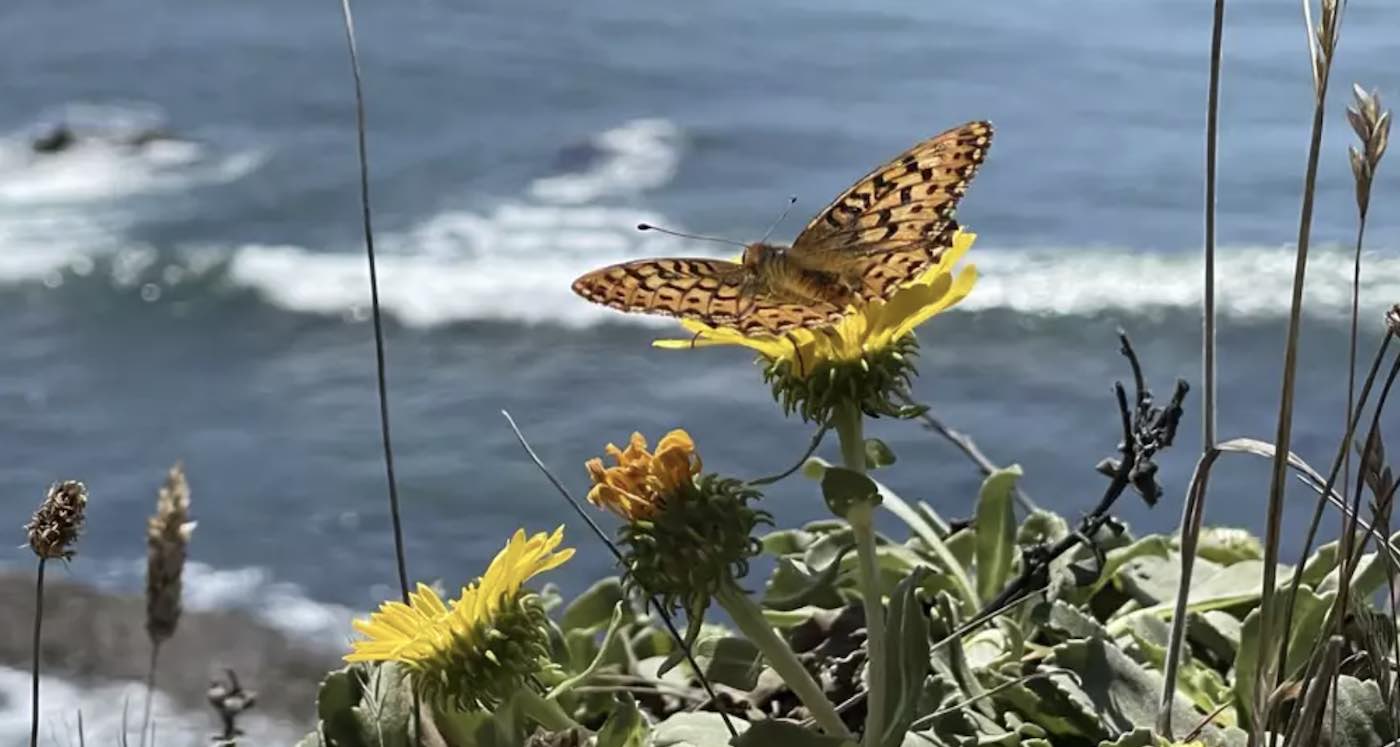Painted lady butterflies, scientifically known as Vanessa cardui, are known for their impressive migratory feats. These insects are found on every continent except Australia and Antarctica. A recent study published in June by Nature Communications has unveiled astonishing details about their migration patterns, revealing that these butterflies travel thousands of miles across oceans.
According to the study, painted ladies undertake a remarkable journey of at least 2,610 miles (4,200 kilometers) across the Atlantic, traveling from West Africa to French Guiana in South America. In some cases, they may cover distances up to 4,345 miles (7,000 kilometers) from their point of emergence. This incredible journey is one of the longest documented for individual insects and is likely the first verified transatlantic crossing for butterflies.
The study highlights that such extensive travel is only possible with the assistance of favorable winds. Without these wind patterns, the butterflies would not have the energy reserves necessary for such a long flight. Researchers reconstructed hourly backward wind trajectories from the beach in French Guiana, where some of the butterflies were found, to confirm that they originated from West Africa.
Insects, including painted ladies, are often spotted far from their native habitats, sometimes in the middle of oceans or on remote islands. Despite numerous sightings, tracking the long-distance movements of small and short-lived insects like butterflies has always been challenging due to a lack of reliable methods.
The study notes that in October 2013, three painted lady butterflies were found on a beach in French Guiana with damaged wings, indicating they had just completed a vigorous transoceanic flight. These findings suggest that the butterflies observed did not originate from South America but from continents such as North America, Europe, or Africa.
Painted ladies do not follow a strict seasonal migration pattern, unlike other migratory butterflies. Some theories propose that their movements are influenced by environmental factors such as heavy rains or El Niño, which can impact the abundance of their larval host plants. In North America, these butterflies typically migrate northwest in the spring and may return southward in the autumn. They are also known to migrate to Canada and Mexico, with their journey spanning multiple generations.
Painted lady butterflies are attracted to over 100 flowers, with a particular preference for those in the Asteraceae family, such as thistles. They are also drawn to Mallows from the Malvaceae family and legume plants like alfalfa and clover. The caterpillars share similar tastes, feasting primarily on thistles but also consuming various other plants.
For those looking to create a butterfly-friendly garden, it is essential to avoid using herbicides and insecticides, which can harm both the caterpillars and adult butterflies.
This article by Trinity Sparke was first published by One Green Planet on 16 July 2024. Image Credit :Grey Zone/Shutterstock.
What you can do
Help to save wildlife by donating as little as $1 – It only takes a minute.




Leave a Reply